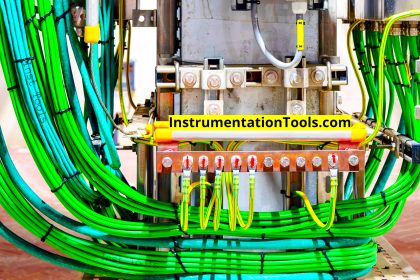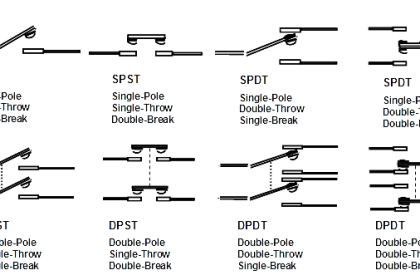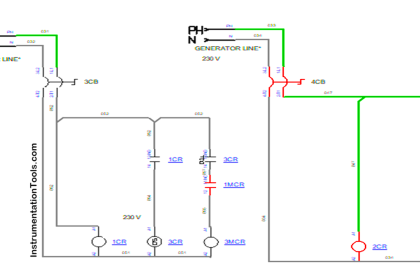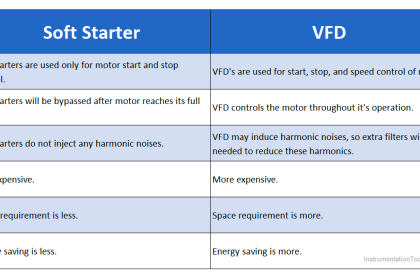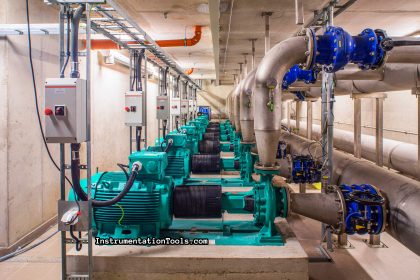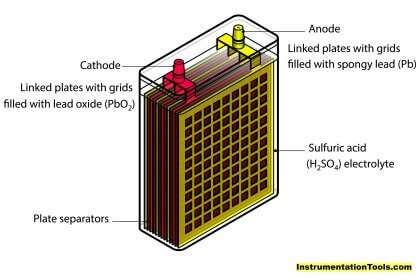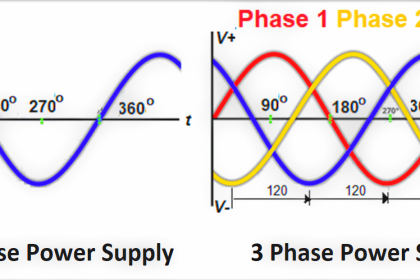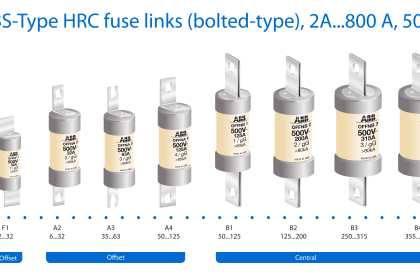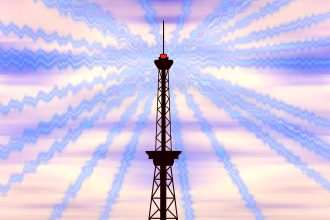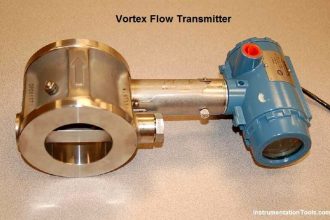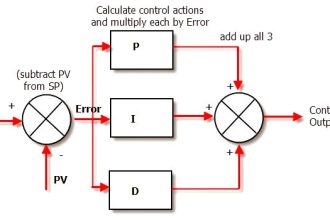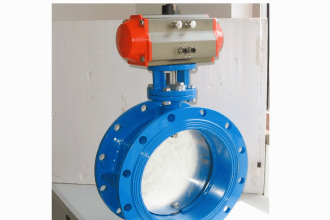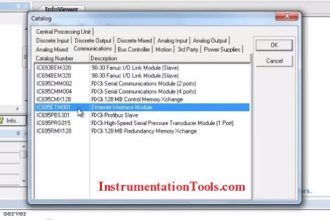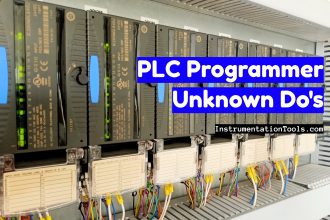As devices and appliances are becoming more and more smart nowadays, the need arises to reduce their power consumption. This is because operating at lower voltages increases energy efficiency and reduces carbon footprints. This makes the operations efficient, quicker, and more reliable.
To achieve this, the voltage is reduced to a very great extent and the devices are made to operate under that voltage. This voltage is called an ELV system (extra low voltage). Although it existed earlier, more and more devices are now designed with ELV nowadays. In this post, we will see the concept of the ELV system.
What is an ELV System?
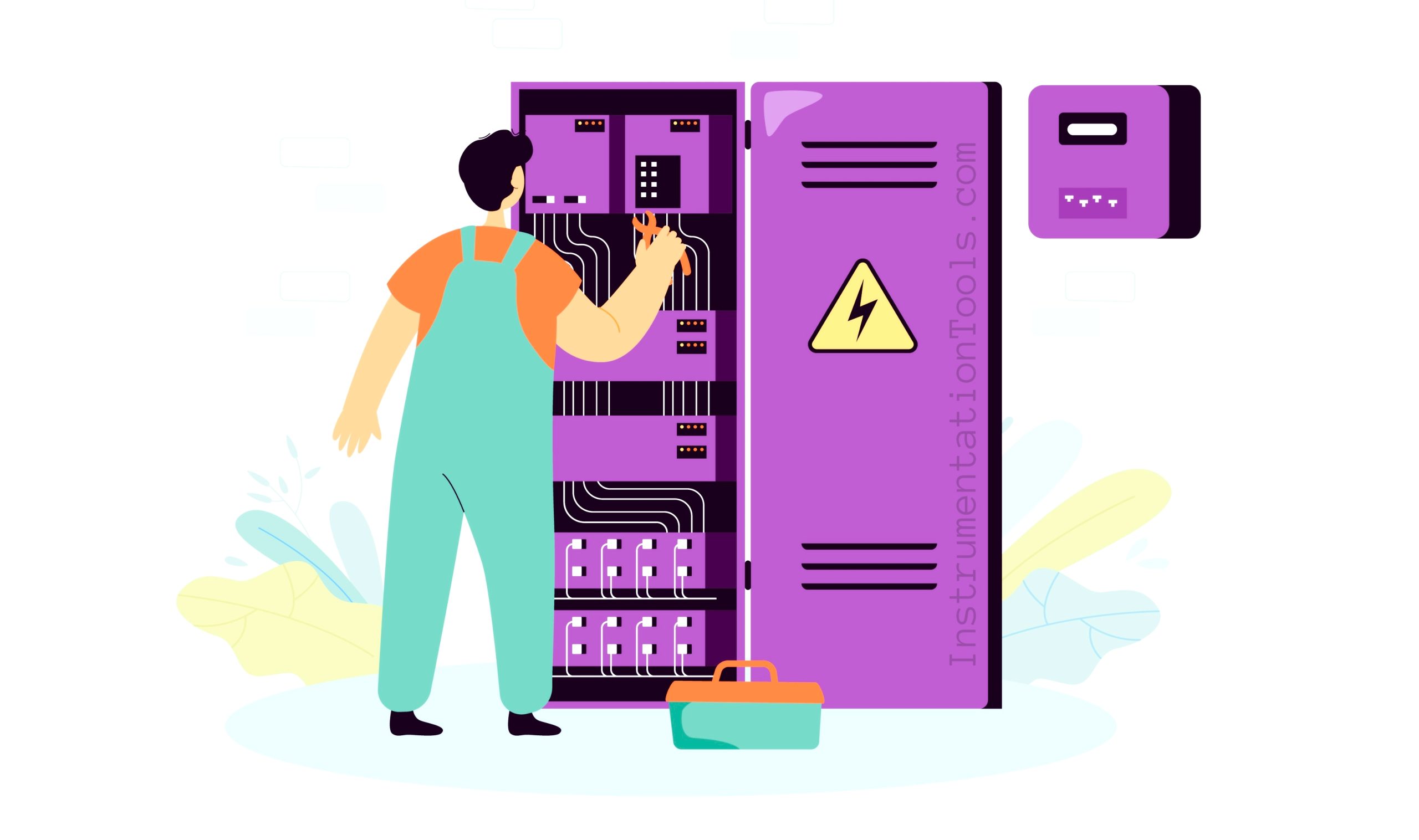
As the name implies, an ELV system uses an operating voltage of as low as 35V AC. This is very low, considering that the standard AC voltage used at electric plugs is 230V AC. If certain devices of regular use are made to operate at standard voltages, the safety of people around will sometimes become riskier. As more and more smart operations are designed by engineers, the need of the hour arises to design the systems at very low voltages. This increases safety and makes nearby environment friendly for use.
ELV system is designed as not to work with the main electrical system of a building. It is totally separated from it and operates under its own range. Mostly, all the advanced technologies that we use at our home like CCTV, fire alarms, LAN networks, etc. use this voltage for working. The technology used in it thus sustainable, multi-functional, and increases security at a very good level.
ELV system basically comes under BMS (building management system). This is because the BMS system uses devices that operate at low voltages. ELV system is designed based on EN 61558, BS 7671, and IEC 60742 standards.
The main technology that enables the use of ELV is POE (Power Over Ethernet). As the name says, it is the most advanced form of Ethernet system where power is transmitted apart from communication data. As the systems using ELV mostly work on Ethernet, POE is one of the main driving factors for ELV systems.
ELV Systems Solutions
- LAN / WLAN
The network is the main part of the ELV system. All the devices need a network to operate as discussed in PoE earlier. All the devices are mostly interconnected through the optical fiber. This shows that LAN infrastructure is the main part of the ELV system.
- CCTV
A closed-circuit TV camera system is one of the important applications of the ELV system. It uses a LAN network to be interconnected with all the cameras and the main camera station. This enables quick data loading of images and videos in the main control room.
- Telephone Systems
Voice Over IP telephone system is one of the most advanced versions of the ELV system. It is totally integrated with LAN infrastructure and allows fast communication of landline data, apart from the usage of the internet over telephone lines.
- Access control systems
All the access control systems like automatic door locking/unlocking, RFID access, biometric access, fingerprint sensor systems, and face recognition systems use LAN infrastructure and are thus an important application of ELV systems.
Other similar and common examples of ELV system solutions are – fire alarm systems, public address systems, home automation, wireless access points, lighting control systems, and parking management systems.
In this way, we saw the concept of the ELV system.
